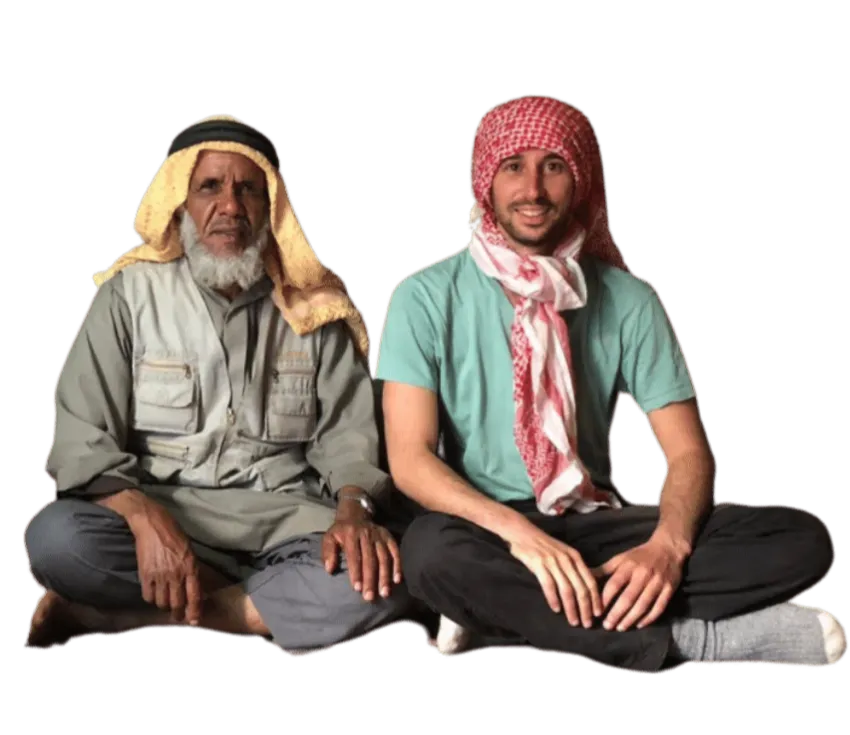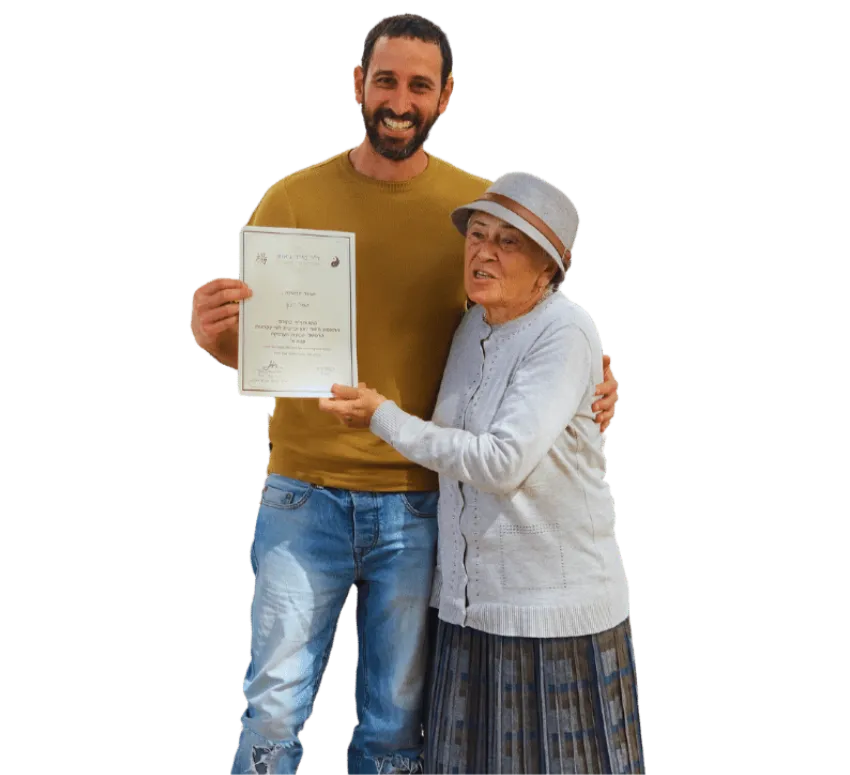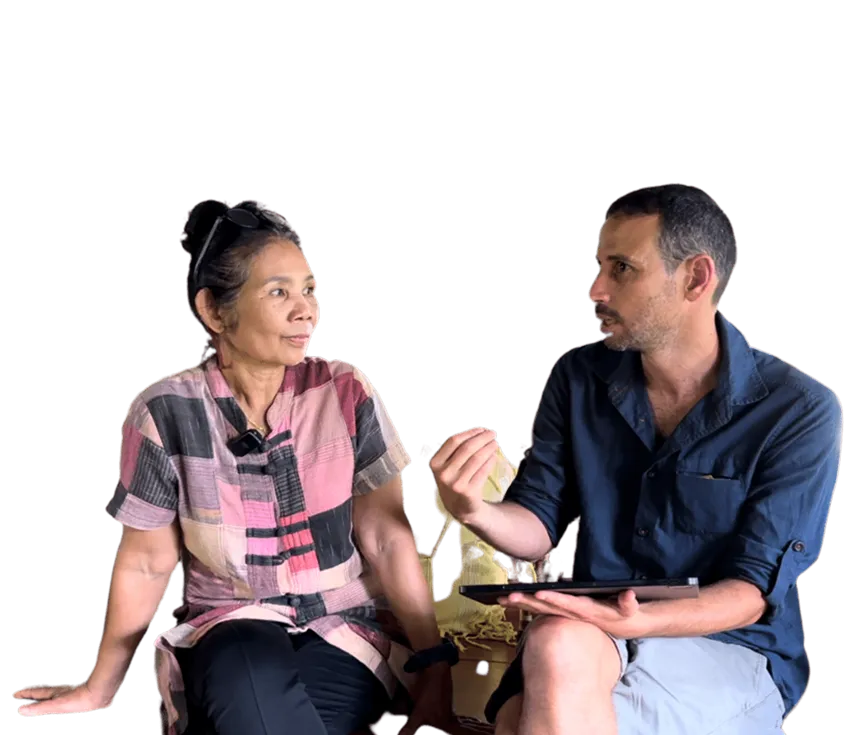Discover the Power of Traditional Medicine
Yair Danon is dedicated to helping you achieve optimal health and balance through personalised care and holistic approaches.
Our Services
Yair offers a range of services, including one-to-one consultations, nutrition guidance, herbal therapy recommendations, and wellness programmes tailored to your needs. Whether you're seeking relief from chronic conditions, stress management, or overall well-being, we're here to support you every step of the way.
What Happens During the Consultation
In-Depth Exploration: We begin by discussing your health history, lifestyle, and any current concerns. This helps us understand your individual needs and aspirations.
Online Tongue Diagnosis: As part of TCM’s holistic approach, we’ll conduct a detailed tongue analysis using photographs or live video. This reveals insights about your body’s inner balance and energy flow.
Your Constitution Explained: You’ll discover your TCM constitution—a personalised profile that reflects your body’s tendencies and patterns, such as heat or cold imbalances.
Engaged and Empowered: Throughout the session, we explain the principles of TCM in an easy-to-understand way. Your input shapes the process, ensuring your goals are central to the experience. Together, we explore how TCM principles apply to your life.
Outcome of Your Session
Tailored TCM Prescription: You’ll receive a bespoke prescription, which may include herbal remedies, dietary advice, or lifestyle recommendations, all tailored to support your unique constitution.
Personalised Summary: After the consultation, we’ll provide a detailed summary of your session, including insights about your constitution, key findings, and actionable steps for you to take.
Meet My Teachers

Dr. Ahmed Mansour
Egypt
is famous all over Egypt for his effective use of the desert herbs

Dr. Mira Niazov
Uzbekistan
Mira is an MD doctor that decided to learn and focus on traditional medicine.

Dr. Jin
China
Dr. Jin, an experienced herbalist from Chengdu

Homprang Chaleekanha
Thailand
Homprang carries the knowledge of many generations
Client Reviews

Abhaya Vselenskiy
264 reviews

I needed urgent help and got it very quickly. With practical advice and a special set of herbs that helped me in just a few days! Also huge plus - no chemicals and pills :)

Kate Frizalis
3 reviews

Great place for your body and mind. Before the treatment, thought that needles would stick into me terrified me, but Yair helped me to cope with this fear by breathing and his treatment was absolutely painless and pretty relaxing. I took a course of treatments during couple of months and that helped me with my back pain and some sport injuries. Also, the individual set of herbs that Yair prepared for me helped me A LOT! These herbs were made special for me to help me with my energy level and iron deficiency. So if you are feeling pain, fatigue and lack of energy, I highly recommend getting treatment from Yair:)

Kate Frizalis
11 reviews

Yair is a very patient and pedantic therapist with a big heart and good vibes. His herb formula helped me a lot. Totally recommended!!!
Yair Danon

